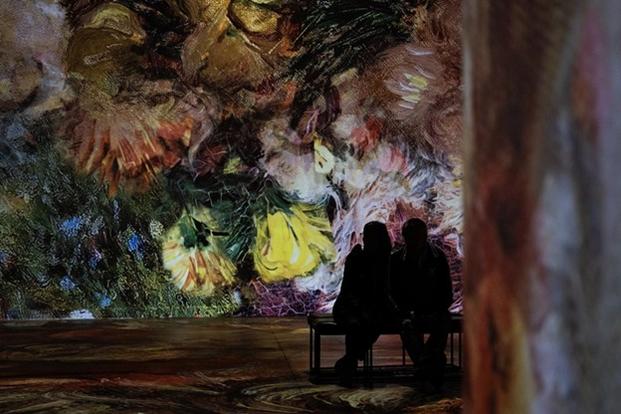For many servicemembers and veterans, the benefits tied to an ID are measured in healthcare, commissary privileges, or tuition support. Less obvious, but no less significant, is the way the card opens doors of museums and memorials. Across the country institutions large and small waive admission or host special recognition days for those who have worn the uniform. What seems like a courtesy at the ticket counter is also an invitation into spaces built to preserve memory, interpret sacrifice, and connect past service to present life.
Living History In Public Spaces
When a veteran walks through the halls of a maritime museum or onto the grounds of a battlefield park, it is not simply a sightseeing trip. These sites anchor individual experiences within a larger national story, giving personal service a place in the continuum of history. Institutions like the Intrepid Sea, Air, and Space Museum in New York, and the USS Lexington turn history into something tactile. Standing on a flight deck or before a preserved uniform transforms service from an isolated memory into part of a broader narrative.
A Subtle Kind Of Care
The benefits extend beyond historical continuity. Psychologists have long observed engaging with art and creative expression can elevate mood, ease stress, and offer outlets for processing complicated emotions. A 2020 study of group art therapy for veterans found structured creative work helped participants regulate distress and process feelings more effectively. More recent research into trauma-focused art therapy reported reductions in depression and gains in resilience and self-esteem. Visiting an art gallery or museum is not necessarily the same as art therapy, but it draws from the same reservoir: the act of looking, reflecting, and discovering the meaning in images that can reach across time.
What’s Out There: Real Offers For Veterans And Active Duty
Across the country, museums and memorials extend free or discounted admission to servicemembers and veterans. The National Veterans Memorial and Museum in Ohio welcomes veterans, active-duty personnel, and Gold Star families at no cost. The Houston Museum of Natural Science extends discounts to all active and reserve personnel, veterans, and dependents. Beyond that, the Blue Star Museums program ties hundreds of art museums, science museums, children’s museums, and zoos into the network, offering free summer admission to active-duty families. That means world-class institutions like the Metropolitan Museum of Art in New York, the Museum of Fine Arts, Boston, and the San Diego Museum of Art quietly open their doors alongside science centers such as the Museum of Science and Industry in Chicago and the Science Museum of Minnesota.

Some states have gone further: Maine issues a Lifetime Park and Museum Pass to honorably discharged residents, while at the federal level, veterans with service-connected disabilities can apply for a Lifetime National Parks Access Pass, which covers historic battlefields and interpretive centers nationwide. Together, these programs make it possible to walk into everything from a flight deck to an art gallery, often at no cost beyond showing an ID card.
For veterans, free access to museums and memorials is more than an economic benefit. It is a chance to participate in public life through spaces that blend history, art, and cultural memory. A study on mask-making by veterans with PTSD showed how visual imagery can mirror emotional change and support healing. In its own way, visiting a memorial wall or standing before a painting can create similar opportunities for reflection.
Quiet Invitations
What makes these programs work is their understatement. No one at the ticket counter promises catharsis or transformation. The invitation is simpler, and they don’t often come wrapped in slogans or pressure. A waived fee or posted recognition period is enough to clear a path. What happens after that is up to the visitor. These policies matter because they open the door, but the meaning of the visit is something each veteran or servicemember defines for themselves.















